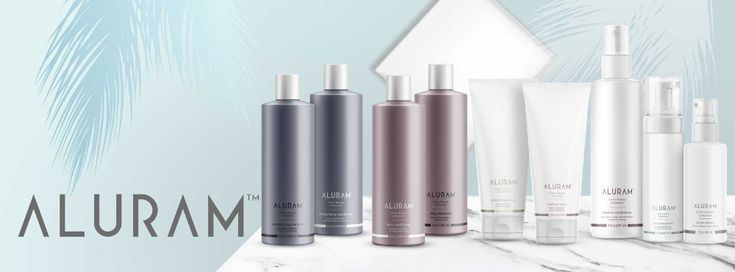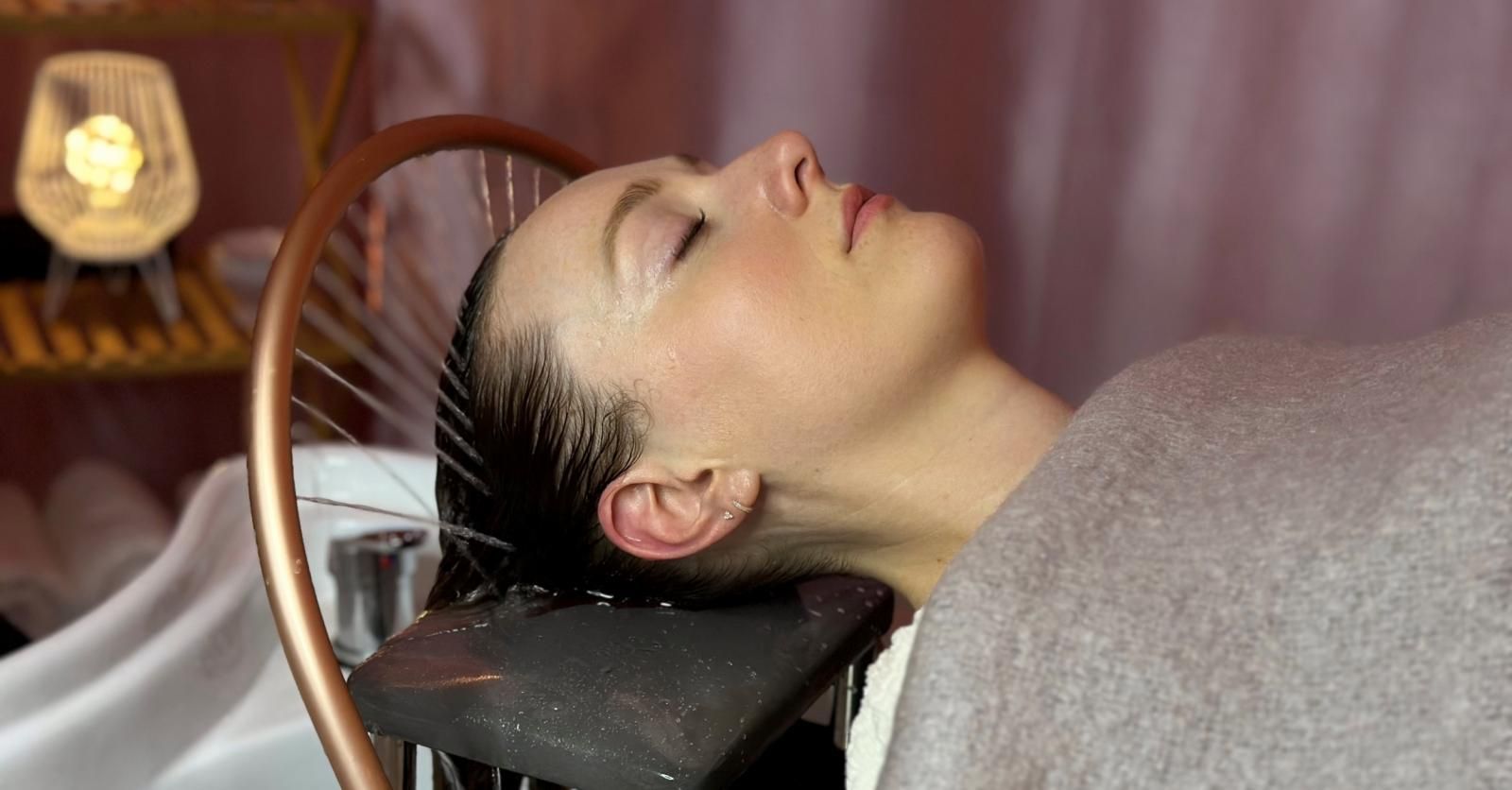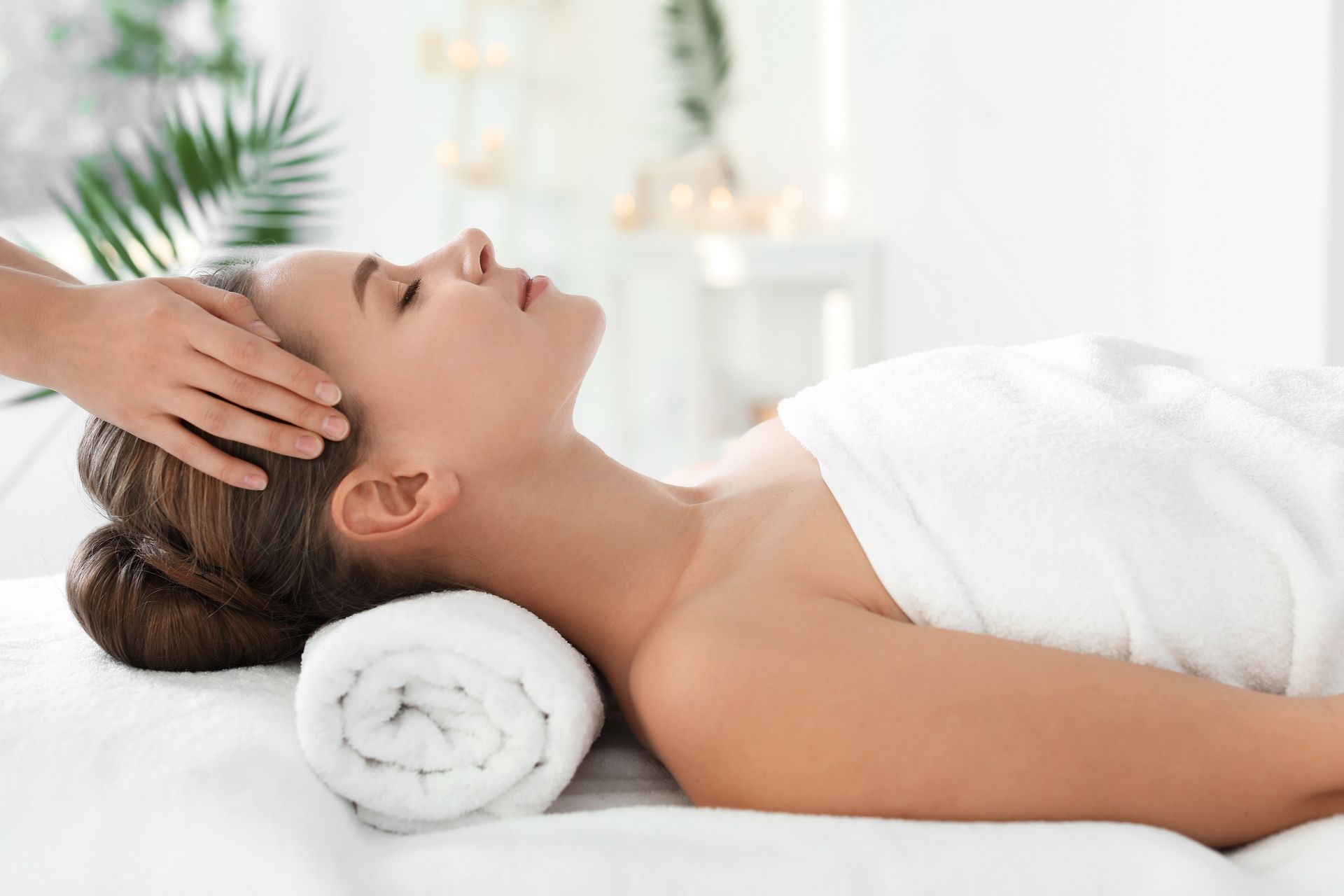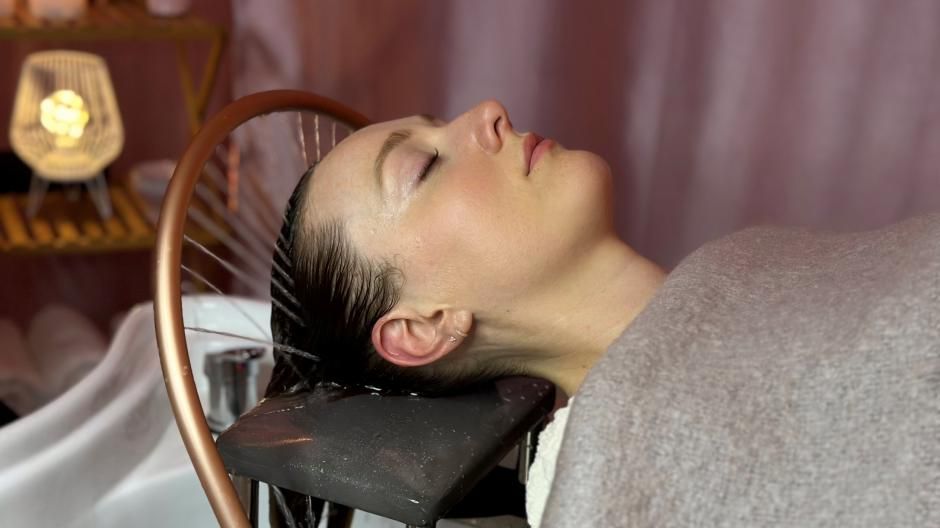






1. Old-school wisdom: Your diet causes acne.
Face facts: This one's a mixed bag. While there isn’t enough research on this particular topic, the acne-and-diet connection has been a consideration since as far back as the late 1800s —and it may be a factor if your complexion is suffering. After all, acne outbreaks have been associated with dairy products, refined sugar, and high glycemic loads (think danger foods like white bread and cookies). Research suggests that milk contains hormones that could trigger a bout of blemishes , and noshing on high-glycemic foods leads to a spike in blood sugar and insulin levels, which may in turn cause a breakout—especially in people with problem skin to begin with. The good news? Contrary to many a rumor, there’s no clear evidence that your chocolate habit will cause a spotty complexion. (Bring on the cashew bark!) Skincare experts do say the best bet for clearer, more luminous skin, however, is to stick to a healthy diet full of colorful veggies, fruits, and healthy fats, and remember to also drink lots of water.
2. Old-school wisdom: Fancy or expensive face washes are most effective.
Face facts: Skip the hype here. While you get what you pay for when it comes to mattresses, watches, and blenders, that just isn’t the case with face washes. Because they stay on your skin for seconds, experts believe it’s really unnecessary to shell out big bucks on this cleansing cosmetic. Instead, pay more attention to a cleanser’s attributes (i.e. the info that indicates that the cleanser won’t aggravate acne-prone skin) than its price tag. The key terms you should look for: oil-free, non-comedogenic, and mild. You could also select a product that contains acne-fighting ingredients like salicylic acid, benzoyl peroxide, or, for a natural alternative, tea tree oil. Just keep in mind that cleansers containing meds may irritate your skin if you’re already using a blemish-banishing medication. As for scrubbing away at your face, it can help slough off dead skin cells, paving the way for clearer pores. Just remember to scrub with care (don’t be overzealous) and be choosy about what product you’re using. Skincare experts recommend opting for a formula with round, non-plastic exfoliating particles and only using the scrub twice a week.
3. Old-school wisdom: It’s OK to pop a pimple.
Face facts: Well, yes and no. When a big ol’ zit strikes (and inevitably lingers—right before a hot date, of course), one of the hardest things to do is to avoid messing with it and ultimately popping it. But picking and prodding may just make matters worse by damaging the tissue surrounding the area. It can also lead to a skin infection and scarring, which will greet you in the mirror waaaay longer than today’s red bump. The bottom line: It’s really best to leave your blemishes alone.
That said, if you just can’t stand the sight of your spots, there is a way to pop a zit to minimize the risk of scarring. First, determine whether the pimple is ready to be popped. (If it’s raised with a white/yellow surface, it’s good to go.) Press a warm compress to the area to soften your skin and bring the gunk closer to the surface. Douse a sewing needle with rubbing alcohol to disinfect it, and then gently poke the surface of the zit. Wrap two tissues around your index fingers—this helps avoid the spread of bacteria—and gently squeeze from the sides of the blemish. If you start to see blood or clear fluid coming out of the incision, stop! One thing to note: If your pimple is deep and painful, don’t touch it. See a dermatologist to bring out the heavy artillery (prescriptions or other plans of attack like cortisone shots).
4. Old-school wisdom: Touching your face causes acne.
Face facts: Yup, there's truth in the look-but-don't-touch approach to skincare. Dermatologists and skincare professionals far and wide agree: Touching your face can lead to breakouts—even if your hands are clean. Basically, every time you touch your face, you’re introducing whatever germs you’ve come in contact with directly onto your skin. Break the habit for a clearer, smoother complexion.
5. Old-school wisdom: For women, birth control is an acne remedy.
Face facts: This advice holds up even more in light of recent research. Yes, that little pill many ladies take every day actually does more than prevent pregnancy—it could give a clearer complexion . Women with hormonal acne (who tend to break out around their period), sometimes find birth control pills an effective treatment. The hormones in some of these pills can actually slow sebum production (a.k.a. facial oil), and when there’s less oil, there’s less of a chance of clogged pores. Some research suggests that the pill could do a better job of suppressing pimple production long-term compared to antibiotics . Although birth control pills aren’t designed to treat acne in particular, the FDA has approved three types of pills for that specific purpose: Ostrostep, Ortho Tri-Cyclen, and Yaz. That said, it’s important to note that every woman may react to the pill in a different way and to also keep in mind that it can sometimes take weeks or months to see positive results.
6. Old-school wisdom: Destress to stop acne flare-ups.
Face facts: This advice is solid and stands the test of time: As if it weren’t bad enough on its own, stress actually can lead to breakouts, too. Stress elicits an inflammatory response that can make the walls of your clogged pores break and the area redden and fill with pus. (Gross, we know.) Times like these can also boost androgen (a hormone) production in the body, which can lead to a less-than-stellar complexion.
7. Old-school wisdom: You can treat acne with oral antibiotics.
Face facts: Yes, but… like we mentioned above, taking antibiotics will indeed help to banish breakouts. Still, it’s not a magic pill. There are many caveats: First of all, research suggests that it’s only effective in about half the people who try it, and its benefits may only be moderate. Plus popping these pills is generally intended for those with mild to severe acne, and the treatment period can be pretty lengthy (three to six months of regular pill use followed by a topical treatment, like a retinoid, for three to 12 months—or sometimes even longer). Taking antibiotics may also make acne bacteria (and other kinds, for that matter) resistant to the medication, which would stall your quest for clear skin. To top it off, researchers suggest that going antibiotic-happy may kill off certain bacteria that live in the gut, possibly leading to food allergies, celiac disease, and other pretty scary disorders. So, as with all meds, downing antibiotics in the hopes for better skin comes with its fair share of possible drawbacks.
8. Old-school wisdom: You can “dry out” acne by sunbathing.
Face facts: Simply put, this is 100 percent wrong. A sun-kissed glow might mask the problem by making zits less evident—but it’s by no means an acne treatment. In fact, it may actually mess with your skin by making it produce more oil. Plus, soaking up those rays is bad for your overall well-being (ahem, skin cancer) and appearance (s’up, wrinkles, freckles, and discoloration), and it can be especially problematic if you’re using acne medications. These meds can boost your odds of burning and your chances of getting all the no-fun cosmetic and health issues previously listed. So laying out in the hopes of zapping some zits really isn’t the best course of action.






